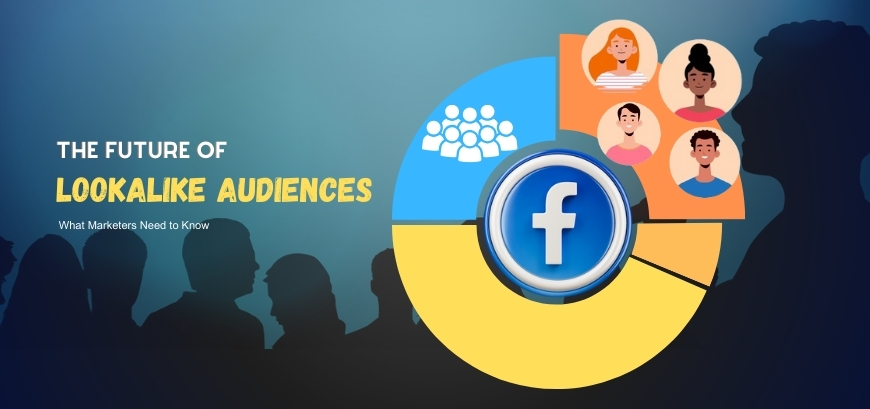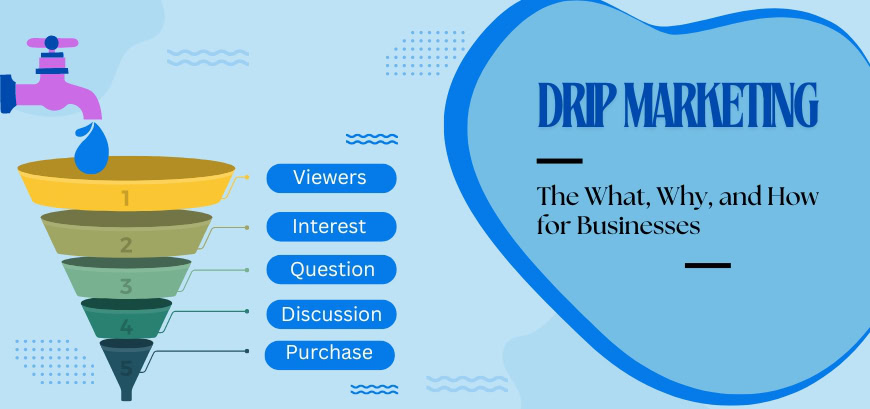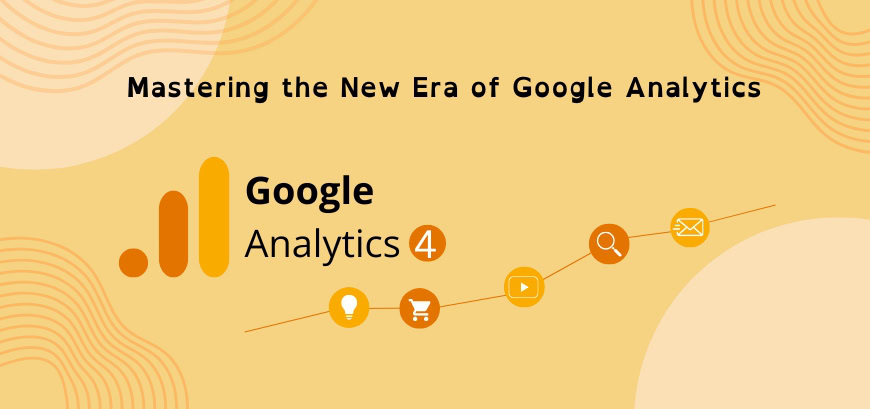Lookalike audiences have been a cornerstone of digital marketing for years. By leveraging the power of existing customer data, marketers can target new users with eerily similar characteristics, significantly boosting campaign effectiveness. But as the digital landscape evolves and privacy regulations tighten, what does the future hold for lookalike audiences?
Table of Contents
The Current Landscape
Traditionally, lookalike audiences have relied on data points like demographics, interests, and online behavior. Platforms like Facebook allowed marketers to upload customer lists and create lookalike audiences that mirrored those profiles. This strategy proved highly successful, generating qualified leads and maximizing return on ad spend (ROAS).
However, recent changes are impacting the way lookalike audiences’ function:
- Privacy Regulations: With GDPR, CCPA, and other regulations taking center stage, data collection and usage are under stricter scrutiny. Platforms are limiting access to user data, making it harder to build robust customer profiles for lookalike audiences.
- Platform Updates: Platforms like Facebook have updated their lookalike audience creation process, removing options like country targeting and making audience size estimations less transparent.
You Can Also Read: – 5 Ad Trends in 2024 That Are More Mind-Bending Than a VR Tilt-a-Whirl.
Lookalike Audiences: The Evolving Future
Despite these challenges, lookalike audiences aren’t disappearing entirely. Here’s what marketers can expect:
- Focus on First-Party Data: Marketers will need to prioritize collecting and leveraging first-party data – information obtained directly from customers with their consent. This could include website behavior, purchase history, and email signups. Building a strong customer data platform (CDP) will be crucial.
- Advanced Targeting Options: Platforms will likely develop more sophisticated targeting options beyond basic demographics. This could involve psychographic data (values, lifestyles), contextual targeting based on browsing behavior, and leveraging intent signals.
- Lookalike Modeling Enhancements: Lookalike models themselves will likely become more nuanced. Advanced algorithms may incorporate website behavior, purchase intent, and past campaign interactions to create more precise audience profiles.
- Focus on Outcomes over Demographics: The emphasis might shift from simply mirroring demographics to targeting users who exhibit behaviors that indicate higher conversion potential. This could involve website heatmap analysis, purchase funnel data, and customer segmentation based on past interactions.
What Marketers Need to Do
- Invest in First-Party Data Collection: Make establishing robust connections with your clientele your top priority, ensuring you obtain their consent to gather valuable data. Encourage newsletter subscriptions, participation in loyalty programs, and consent for website behavior tracking by offering enticing incentives. These efforts not only foster stronger relationships but also provide invaluable insights into customer preferences and behaviors.
- Explore Alternative Targeting Options: Avoid placing exclusive reliance on lookalike audiences alone. Broaden your horizons by experimenting with interest-based targeting, contextual targeting, and harnessing customer journey data to effectively reach high-value audiences. By diversifying your targeting strategies, you can uncover new opportunities for engagement and maximize the impact of your marketing efforts.
- Embrace Advanced Lookalike Modeling: Stay vigilant and continuously stay informed about platform developments, ensuring you’re ready to leverage increasingly sophisticated audience creation tools. These advanced tools integrate a wide array of diverse data points, enabling you to craft highly refined audience segments. By remaining adaptable and proactive in embracing new technologies, you can stay ahead of the curve and optimize your targeting strategies for maximum effectiveness.
- Focus on Measurable Outcomes: Shift your focus away from superficial metrics such as audience size, and instead, emphasize targeting strategies that are geared towards driving tangible results such as conversions, sales, or specific desired actions. By prioritizing these meaningful metrics, you can ensure that your efforts are directed towards achieving concrete business objectives and maximizing the return on investment for your marketing initiatives.
The future of lookalike audiences may not be based on the same level of detailed personal information, but it will still be a powerful tool for reaching the right people. By adapting to the changing landscape, focusing on first-party data, and embracing new targeting strategies, marketers can ensure lookalike audiences remain a valuable weapon in their digital marketing arsenal.
Seeking an Outcome-Oriented Digital Marketing Firm?
Altis Infonet Pvt Ltd is a Web Development and Digital Marketing company with a focus on client servicing through knowledge-based solutions. Our team of experts will help make your digital dreams come true!





